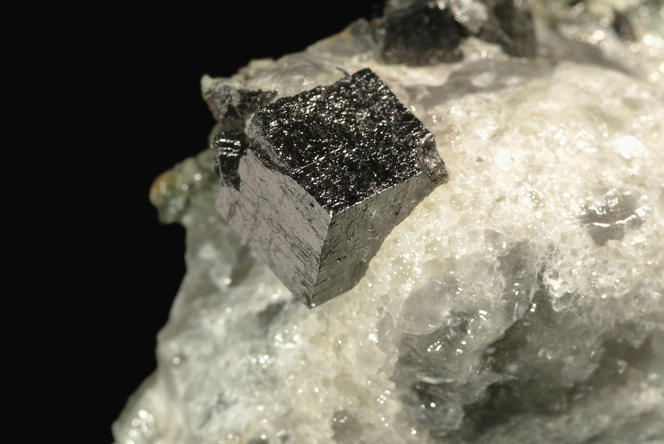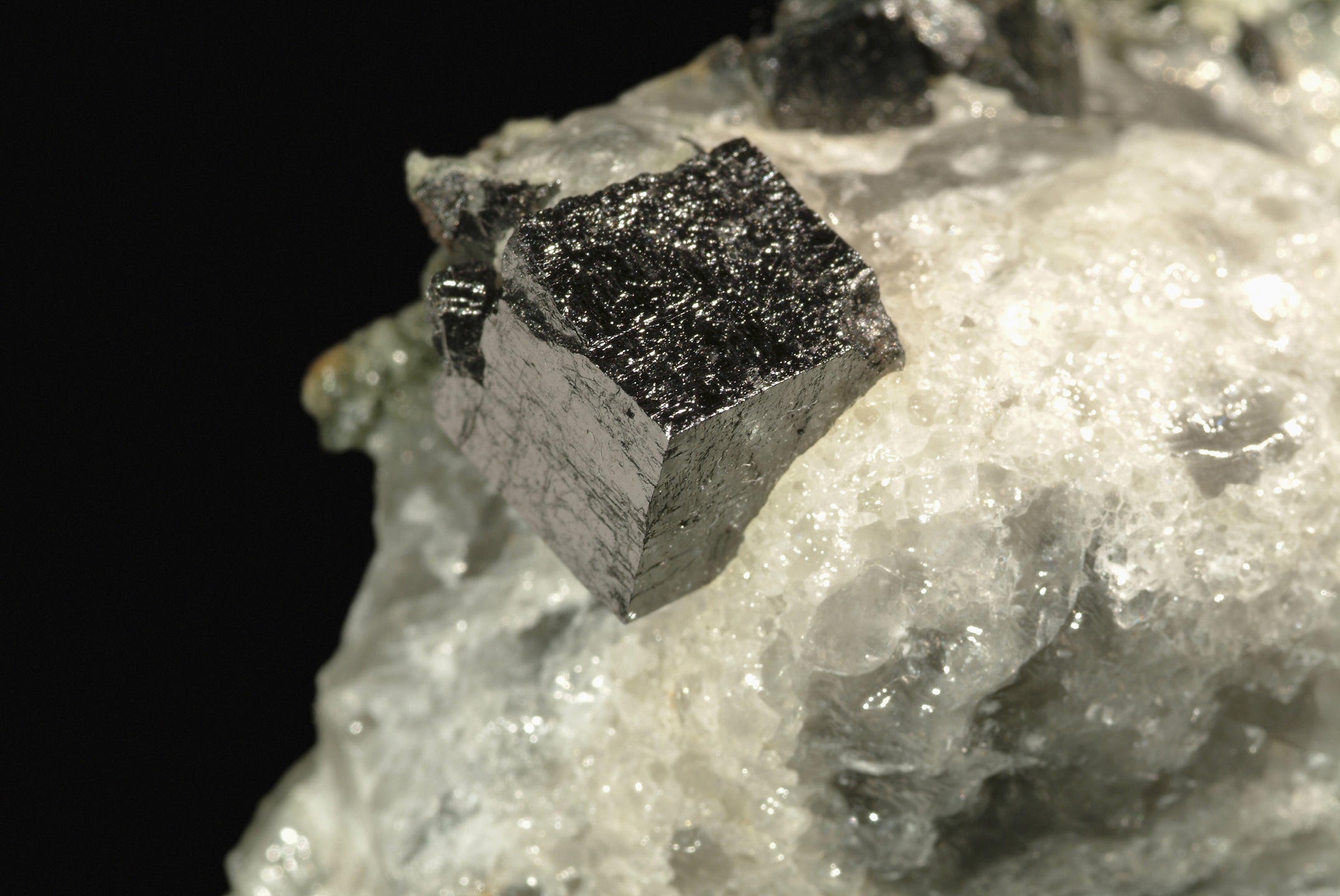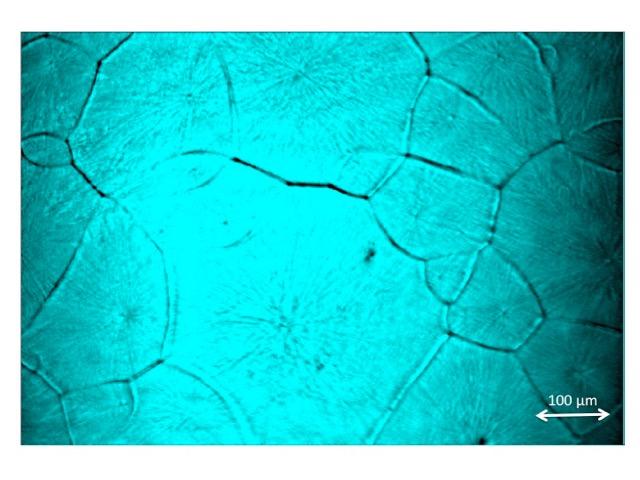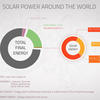You are here
Photovoltaics: the Perovskite Rush

They have made the headlines of all the major scientific journals, and dedicated conferences are so crowded that participants sit on the floor. Like graphene and carbon nanotubes before them, perovskites have triggered a surge of interest among researchers the world over. Yet when they first appeared in the field of photovoltaics in 2012, no one could have predicted that they would break all records for efficiency: 10% in 2012, 15% in 2013, and 20% in 2014—not far from the 25.6% currently achieved with silicon. And who knows how high this will go?
Unsuspected qualities
Perovskites are a family of materials with a specific crystalline structure. Those used in solar energy production are known as “hybrids,” comprising both organic and inorganic compounds. The result of research in organic photovoltaics, perovskite solar cells are an attractive alternative to silicon cells, which dominate the market but have well-known limitations (performance, inflexibility, etc.).
The discovery of perovskites’ photovoltaic qualities is due to the work of two experts in the field: Michael Graetzel of the École Polytechnique de Lausanne and Henry Snaith of the University of Oxford. “From their very first trials in 2012, the cells developed by Graetzel and Snaith delivered better performance levels than any other emerging technology,” reports Daniel Lincot, director of the IRDEP,1 a French solar energy think tank.
Perovskites displayed unsuspected qualities that enabled them to achieve impressive efficiency. Their good charge separation and mobility came as a “nice surprise,” especially since “the electronic properties of these materials were not fully understood when the first results came in—and still aren’t today,” explains Emmanuelle Deleporte, a physicist at the LAC,2 who has been studying these compounds for the past 10 years. Their good charge mobility is combined with high sunlight absorption, low production costs, and the possibility of applying them in the form of an ink, making it easy to coat large surfaces.
Toward hybrid solutions
Are perovskites destined to be the technology of choice for the future of photovoltaics? “I don’t think that any one technology will become the be-all and end-all,” Lincot cautions. “Perovskites have gained considerable momentum in the photovoltaics community and are still very promising, but they also have serious drawbacks, like their poor stability and low resistance to water. In addition, those record yields were achieved using demonstration cells with surfaces of only a few square millimeters. We have years of research ahead of us, even though solar panel manufacturers have already shown a keen interest.”
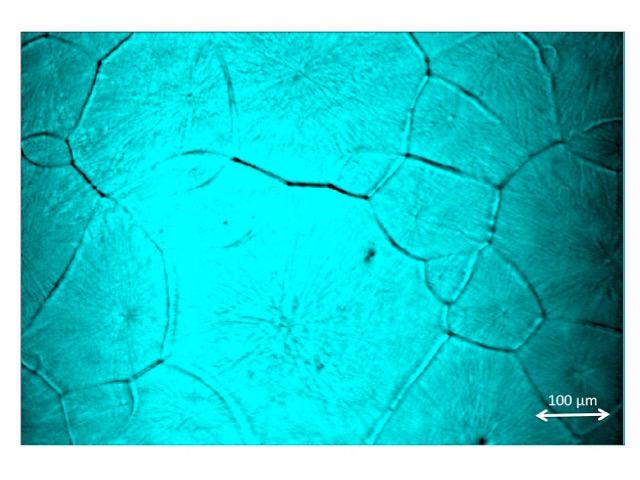
Although this “miracle material” has not revealed all its secrets, it could soon be on the market. Snaith, with his startup Oxford Photovoltaics, hopes to commercialize perovskite solar cells as early as 2017. The rush is likely to continue.
Explore more
Author
Jonathan Rangapanaiken is a Communications officer for the Institute of Chemistry of the CNRS.


